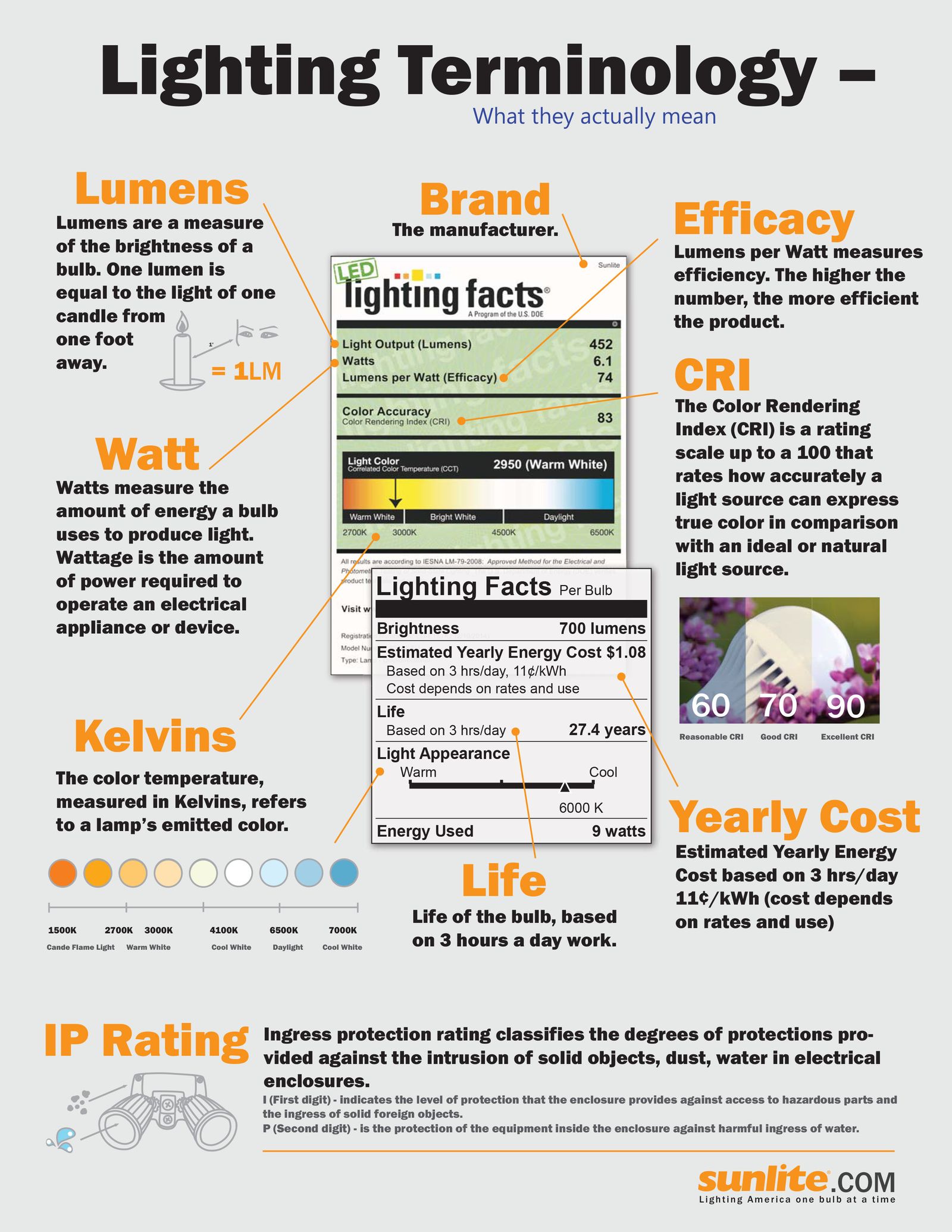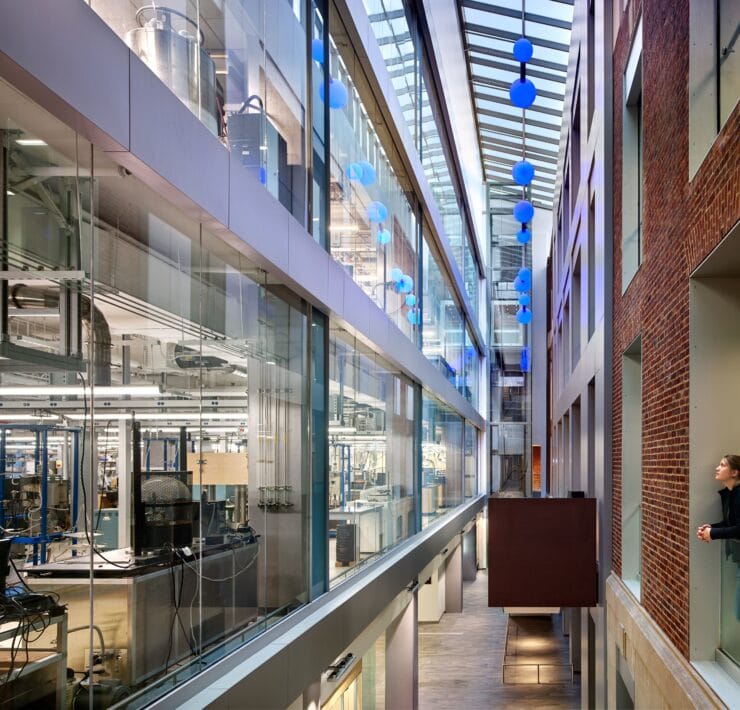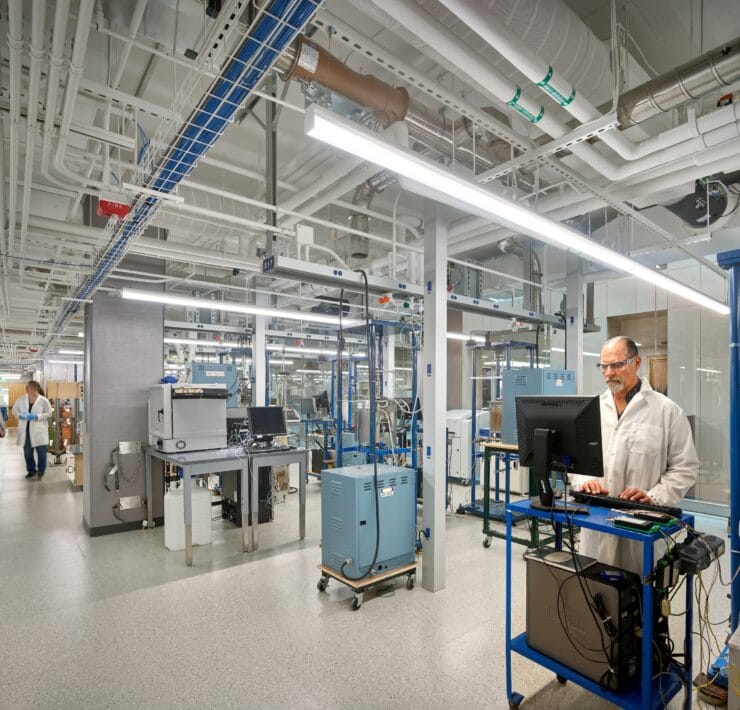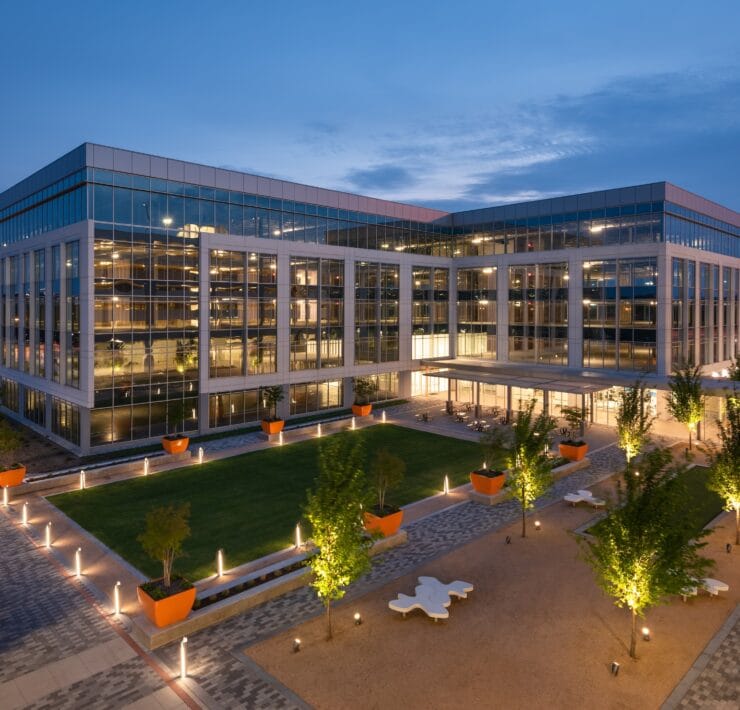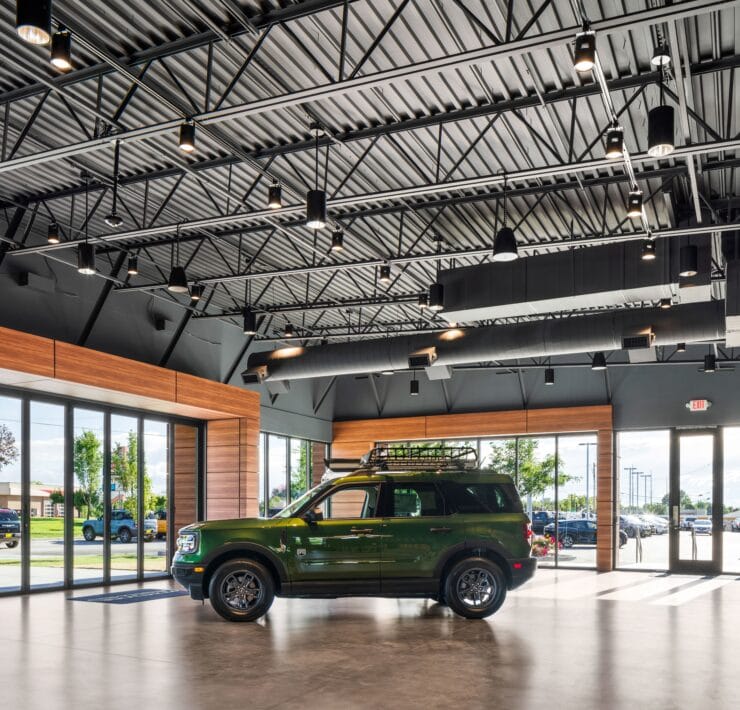Every industry has its own special terminology. In the fast evolving lighting industry, the technical jargon can sometimes be confusing even to industry insiders.
In a never ending battle to promote the advantages and technical superiority of their new LED products, some manufacturers turn their efforts to pouring on the technical jargon in their product specification sheets. The idea is to impress specifiers with advanced technology. Some of this jargon is valid and impressive, and some are just over-hyped synonyms for existing technology. There are also time-honored catch phrases that exist in every lighting catalog but are rarely understood.
Terminology
Photometric Optimization – When fixture manufacturers engineer lamp positions, reflectors and/or louver profiles ensure that the maximum amount of light leaving the lamp(s) will end up in the task area, as opposed to being trapped inside the fixture or bouncing uselessly around the room.
LPW – refers to the Lumen Per Watt ratio. Just as an automobile’s fuel efficiency is measured in miles per gallon, light bulb efficiency is measured in terms of lumens per watt—the amount of light produced for each watt of electricity consumed. More lumens per watt means more light for less electricity.
Troffer – As the name implies, troffers are trough-shaped recessed ceiling fixtures (the term is derived from the terms “trough” and “coffer.” LED Troffers are fast replacing troffers with fluorescent lamps. A parabolic troffer refers to a recessed fixture that has a louver with a parabolic cross section. The parabolic shape redirects light rays from the light source into parallel rays that shine in a controlled fashion into the room.
VCP – Visual Comfort Probability. This is a obsolete fixture rating system that determines how many people would, when viewing this fixture, find it to have low glare and be comfortable to work near. The higher the number or percentage, the better.
Semi-Specular – This refers to the image one would see in a reflective surface. A true specular reflector would act similar to a mirror where one could clearly see the reflective image. A semi-specular image would produce a more diffuse, less clear and a less glaring image, which is a desirable type of reflector used in a lighting fixture.
Luminaire – A complete lighting fixture.
Resource:
http://www.mge.com/saving-energy/home/lighting/lumens-comparison.htm
Alcon Lighting creative director and co-founder David Hakimi works to improve lighting through research, development and education. David strives for efficiency in lighting, affording architects, lighting designers and engineers the ability to maximize LED lighting design and application. David is a graduate of the University of California, Los Angeles, where he received a Bachelors in history. David also studied lighting design at IES in Los Angeles. He traces his and Alcon Lighting’s commitment to innovation, accountability, quality and value to lessons learned from his father, Mike Hakimi, a lighting craftsman, salesman and consultant in Southern California for more than four decades. Today’s lighting for commercial use requires a deep, complete understanding of smart lighting systems and controls. David takes pride in his lighting, energy controls and design knowledge. He is driven by the desire to share his insights into lighting specification and application. This quest to share his knowledge was the impetus for David to create Insights, Alcon Lighting’s blog and resource center for helping the reader understand lighting and its application to space.

